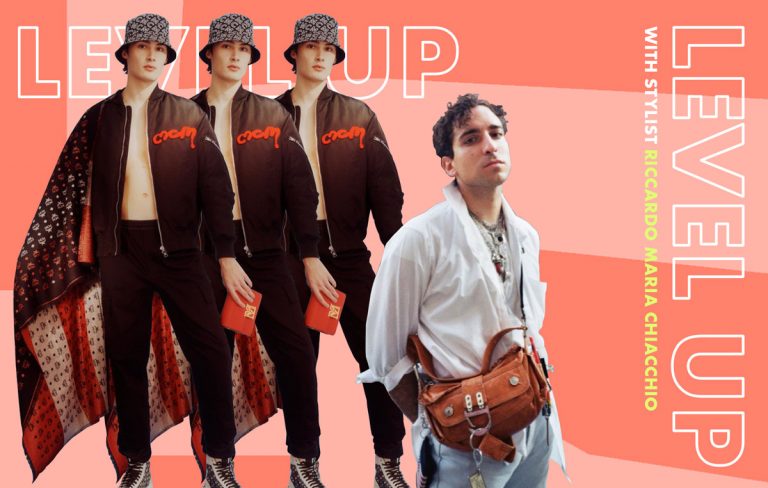What should you study to become a fashion stylist? Do you need a degree? Riccardo Maria Chiacchio explains

In our last Level Up class, we asked Riccardo Maria Chiacchio to share his insights as a fashion stylist on the importance of using moodboards to your advantage and knowing when to rely on your beloved team—and he delivered! But during this conversation, we further realised that the path to becoming a stylist, before you even start getting commissioned on some photoshoots and other projects, remains unclear to many. Understandably, fashion and styling as academic topics are quite recent. But what about before? Were there no fashion stylists, or did they manage to educate themselves without paying a hefty university fee? In other words, what should anyone looking to become a stylist study, and do they even need a degree at all? Here’s what the pro answered:
How do you start as a stylist?
“The best way to start would be to study anything that has to do with fashion. From fashion design and fashion promotion to fashion styling, there are many topics you could start with. I studied fashion design, which gave me a 360 view on clothes, their meaning, the way you can build them to then build up a whole collection,” shares Chiacchio.
On top of fashion design, fashion promotion is also helpful because it gives you an insight into ways to actually become a stylist. That being said, Chiacchio adds that having a degree is not necessary.
No degree, no problem
“By assisting and gaining valuable work experience, you can become a stylist as much as anyone else with a degree,” says Chiacchio. That being said, he presses the importance of assisting other stylists, as it’s where you’ll learn the most about the job and what happens behind the scenes. From dealing with clients and requesting clothes from big brands, all of this will be revealed to you while assisting other stylists.
How do you build your own identity?
“We are very unique beings and whatever we think of on our own is unique. So anything that has to do with your aesthetic or with your way of approaching styling, approaching a photoshoot, and approaching a message would have to be something very personal. You would have to understand—of course, it takes time—what is your own way of seeing things? What are things that feel personal to you? And then learn how to express them through a series of images. That’s how you’ll build your own identity.”
According to Chiacchio, this is the only way that a stylist can compare his work to a fashion designer, “Fashion designers pick some specific types of silhouettes, colour palettes, and they bring it through their whole collection. The same thing applies when it comes to stylists; you need to understand your point and message, your colour palette and silhouettes, and learn to express those.”
His last piece of advice? Finding your identity takes time, and so does building a career, so be patient.





